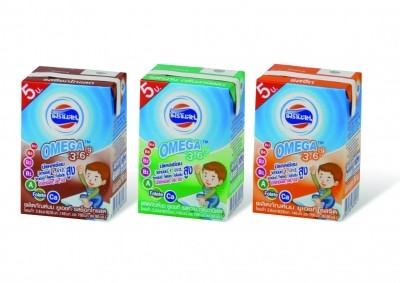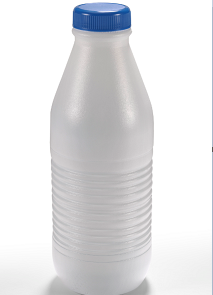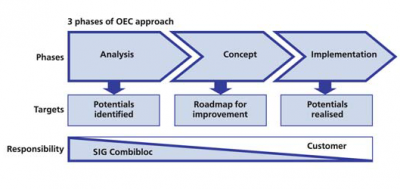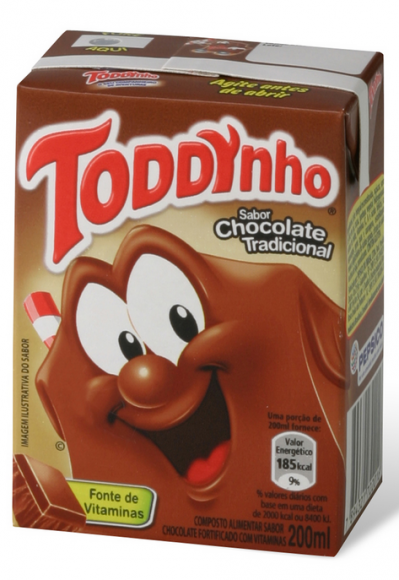Cartons trounce HDPE and PET in new life cycle study: SIG Combibloc
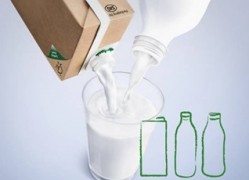
Compared to disposable HDPE or PET options, carton packs for UHT milk had a significantly better environmental profile, leading carton supplier SIG said, in regard to CO2 emissions, use of fossil resources and primary energy consumption.
A SIG Combibloc spokeswoman told DairyReporter.com that in the 1 litre UHT milk segment, carton packs held a European market share of around 83%.
Michael Hecker, head of group environment, health and safety at SIG Combibloc (2011 turnover: €1.45bn, headquarters: Switzerland) said the IFEU had - as a result of this, the first Europe-wide LCA on UHT milk cartons - recommended cartons to businesses and consumers on environmental grounds.
Not resting on laurels…
Hecker said: “But that doesn’t mean we can sit back and rest on our laurels − in fact, we’re working continuously to further improve the environmental performance of our carton packs for UHT milk."
“One possibility we’re looking into, for instance, is further increasing the fraction of the sustainable, renewable raw material used in the composite structure of our carton packs, so that we can improve the environmental footprint of the carton pack and at the same time offer consumers the convenience they have come to expect and value”.
Asked about the possible increase, the spokeswoman said: "Carton packs manufactured by SIG Combibloc are composed of around 75% wood pulp fibres...There is a potential to increase the percentage of renewable wood to more than 80 per cent."
"The greater the proportion of wood pulp fibres in the cardboard composite, the better for the environment. The reason is obvious: if forests are managed responsibly, pulp fibres obtained from wood, a renewable resource, are available in an almost infinite supply," she added.
The Heidelberg-based IFEU’s study – independently verified by LCA and packaging experts Hans-Jürgen Garvens, Dr. Philippe Osset and Dr. Mercedes Hortal – showed the following results.
One litre cartons (75% wood) generated 34% less CO2, used 56% less fossil resources and consumed 30% less primary energy than HDPE multilayer bottles, the study found. Respective figures for cartons relative to PET were 45%, 57% and 36% less.
SIG said it commissioned the IFEU to conduct a Europe-wide LCA of prevalent packaging solutions for UHT according to ISO Standards 14040ff for LCAs, as one of Europe’s most reputable environmental institutes.
Key factors covered in the LCA include (1) extraction and refining of raw material (2) manufacturing and transportation (3) milk packaging (4) distribution up to retail stage (5) recycling or disposal.
Environmental impact categories
Each stage involved assessing key environmental impact categories. For instance, emissions research involved examining CO2 particulate loading in the air and the eutrophication (adverse effects of artificial/natural substances being added to the environment) and acidification of soils and watercourses.
SIG said the results showed that the environmental impact of UHT packaging during the LCA was determined mainly by the material – and quantity thereof – used to make it.
Despite the positive results above, vis-à-vis PET and HDPE in many environmental impact categories (due the low weight of cartons, lower fossil resource use and high renewable energy use in production), SIG admitted cartons lagged in the ‘use of nature’ category.
But the firm argued that, in contrast to finite resources, responsible forest stewardship could ensure constant raw material supplies, while wood was carbon neutral since trees extracted CO2 from the atmosphere, releasing it again during decay or burning.
SIG said the latest LCA gave it an updated data set (when combined with two further 2009 and 2011 LCA studies) that was scientifically proven, showing the superior environmental performance for carton packs against competing systems.
Customers and consumers care
Asked whether SIG's customers and end consumers were particularly bothered by the LCA of cartons versus HDPE or PET, the spokeswoman said that a product's environmental performance and credible LCA information was of "high interest for policy makers and for the industry - like retailers and brand owners".
She said: "With this LCA we are able to provide information on packaging systems for UHT milk taking into perspective the EU 27 market conditions for the first time. Consumers may not have that knowledge to fully understand LCAs but they have a so-called 'eco feel good factor', which means that they are sensitive on environmental issues and demand that industry and retailers take and show action on this.
"LCAs like this can be perfectly used to demonstrate that the environmental impact was assessed to the ground and that the carton packaging is the best choice for the environment."
